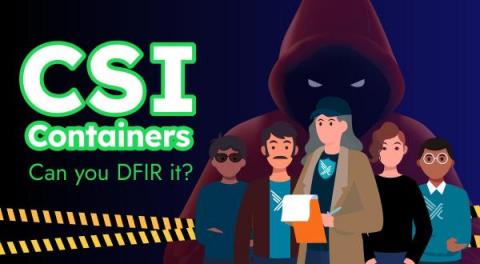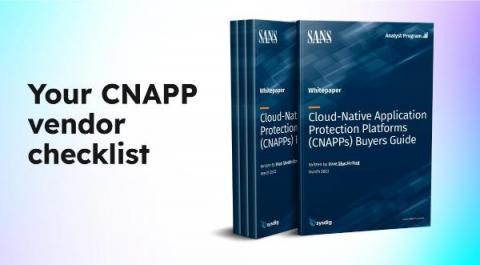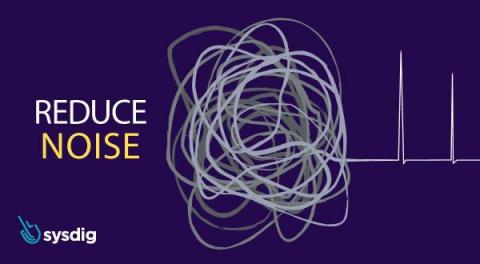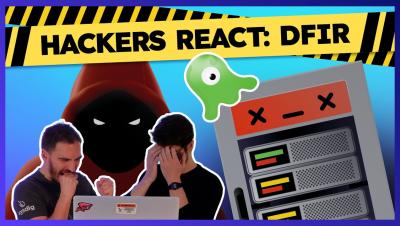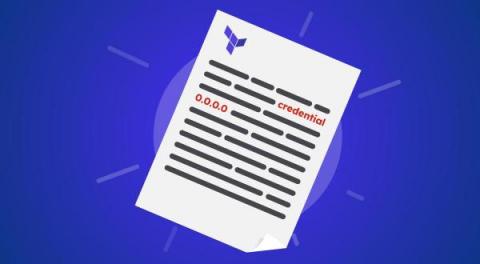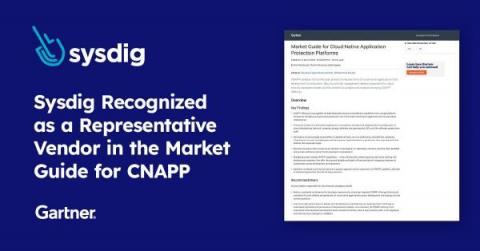Enforcing Role-based Access Control (RBAC) Policies with OPA
A common use case our customers have for Open Policy Agent (OPA) is access control. The problem of access control is generally broken down into two parts, authentication and authorization. Authentication is about making sure we can trust someone’s stated identity, authorization is making decisions about who can do what.



